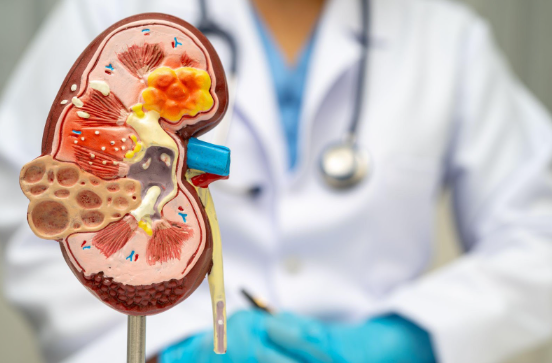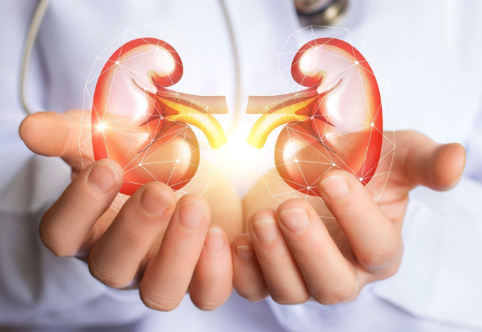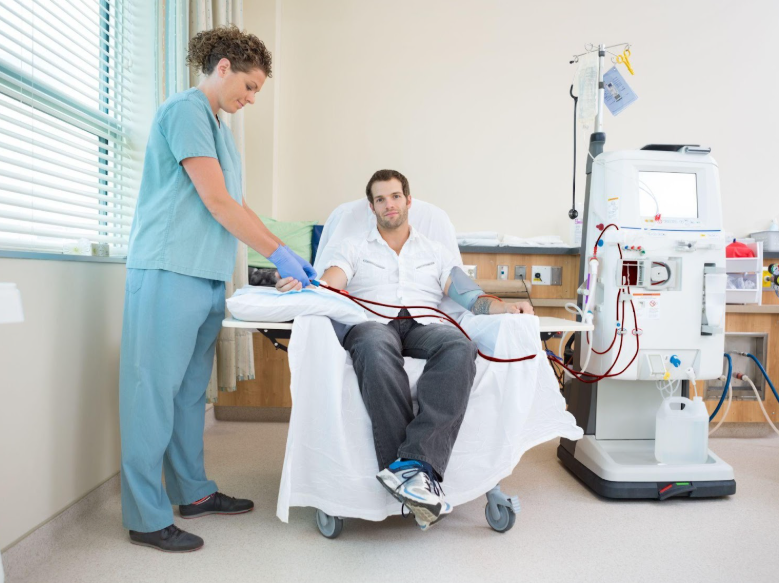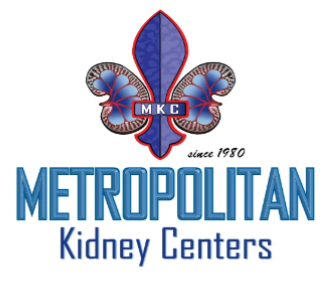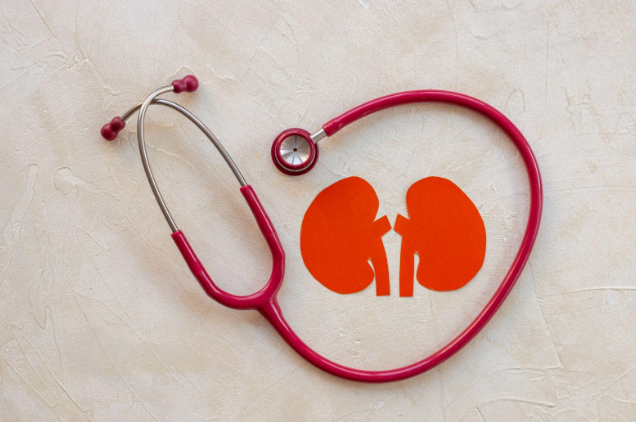What Is Acute Renal Failure?

Your kidneys are amazing organs that perform several tasks to keep your body healthy. But what happens when they suddenly stop working correctly?
Read on to understand the details of acute renal failure, exploring its causes, symptoms, diagnosis, and available treatment options.
What Is Acute Renal Failure?
Acute kidney failure, or acute renal failure, is characterized by a sudden disruption of kidney function. Due to this rapid decline in function, the kidneys can no longer effectively filter waste products, excess fluids, and electrolytes from the blood. Acute renal failure can develop within a few hours or days and requires urgent medical care.
Causes of Acute Renal Failure
Acute renal failure can be caused by a variety of factors, which are generally categorized into three main types:
Prerenal Causes
A sudden drop in blood flow to the kidneys can be caused by:
- Dehydration: Vomiting, diarrhea, excessive sweating, or not drinking enough fluids.
- Heart Failure: Reduced heart function decreases kidney blood supply.
- Liver Failure: Conditions like cirrhosis affect kidney blood flow.
- Septic Shock: Severe infections lower blood pressure, affecting kidney perfusion.
- Blood Loss: Trauma, surgery, or bleeding reduces kidney blood flow.
Intrinsic Causes
Direct kidney damage includes:
- Acute Tubular Necrosis (ATN): From prolonged lack of blood flow or nephrotoxic agents.
- Glomerulonephritis: Inflammation from infections, autoimmune diseases, or vasculitis.
- Rhabdomyolysis: Muscle breakdown harming the kidneys.
- Acute Interstitial Nephritis: Inflammation from medication reactions, infections, or autoimmune disorders.
Postrenal Causes
Obstruction in the urinary tract such as:
- Kidney Stones: Blocking urine flow from kidneys to bladder.
- Enlarged Prostate: BPH or prostate cancer obstructing urine flow.
- Tumors: Bladder, cervix, colon, or prostate cancers blocking the urinary tract.
- Blood Clots: Restricting urine flow in the urinary tract.
Symptoms of Acute Renal Failure
The symptoms of acute renal failure can vary depending on the severity of the condition and the underlying cause. Some individuals may be asymptomatic, while others may exhibit a range of symptoms, including:
- Decreased Urine Output: One of the most common signs is reduced urine production (oliguria), though some people may continue to produce average amounts of urine (non-oliguric renal failure).
- Swelling: Fluid retention can cause swelling in the legs, ankles, feet, and sometimes the face or hands.
- Fatigue: A buildup of waste products and toxins in the blood can lead to drowsiness, lethargy, and confusion.
- Shortness of Breath: Breathing problems may occur due to pulmonary edema, a buildup of fluid in the lung tissue.
- Nausea and Vomiting: Accumulation of toxins can lead to gastrointestinal symptoms.
- Chest Pain: If the heart's lining (pericardium) becomes inflamed, it can cause chest pain.
- Severe Cases: In extreme cases, symptoms can progress to seizures, a coma, or even death if not promptly treated.
Diagnosis of Acute Renal Failure
Diagnosing acute renal failure typically involves a combination of the following:
Medical History and Physical Examination
A thorough medical history and physical examination help identify potential causes and risk factors for acute renal failure. The healthcare provider will inquire about recent illnesses, medications, exposure to toxins, and symptoms such as changes in urine output, swelling, and fatigue.
Laboratory Tests
Several blood and urine tests are performed to assess kidney function and identify abnormalities:
- Serum Creatinine: Elevated creatinine levels, a waste product of muscle metabolism, indicate impaired kidney function.
- Blood Urea Nitrogen (BUN): Increased BUN levels suggest reduced kidney operation.
- Electrolytes: Abnormal potassium, sodium, and calcium electrolytes can indicate kidney dysfunction.
- Urinalysis: Urine examination for the presence of blood, protein, and other abnormalities.
- Urine Output Measurement: Monitoring the amount of urine produced can help assess the severity of kidney impairment.
Imaging Studies
Imaging studies are used to visualize the kidneys and detect any structural abnormalities or obstructions. The most common is an ultrasound, a non-invasive test that can identify kidney size, structure, and the presence of obstructions such as kidney stones or tumors. CT scans or MRIs can also provide more detailed images of the kidneys and urinary tract to identify blockages or abnormalities.
Kidney Biopsy
Sometimes, a kidney biopsy may be necessary to obtain a definitive diagnosis. This involves taking a small sample of kidney tissue for microscopic examination to identify specific types of kidney damage or diseases.
Treatment Options for Acute Renal Failure
The treatment of acute renal failure focuses on addressing the underlying cause and supporting kidney function until it recovers. The specific treatment approach depends on the severity and cause of the condition.
Hospitalization and Monitoring
Severe cases of acute renal failure often require hospitalization for close monitoring and treatment. Vital signs, fluid balance, and kidney function are regularly assessed to ensure appropriate management.
Fluid and Electrolyte Management
In cases of dehydration, intravenous (IV) fluids are administered to restore blood volume and improve kidney perfusion. Imbalances in electrolytes like potassium, sodium, and calcium are corrected to prevent complications.
Medications
Medications like diuretics that increase urine output can help reduce fluid retention and prevent swelling. Controlling blood pressure is also needed to maintain adequate blood flow to the kidneys. Finally, high potassium levels can be dangerous, and medications may be required to lower them.
Dialysis
Dialysis could be required if kidney function is severely affected in extreme situations. During dialysis, waste materials and extra fluid are removed from the blood through the use of artificial filters. Dialysis can be classified into two types:
Hemodialysis
In hemodialysis, blood is filtered through a machine that removes waste products and excess fluids before returning the cleaned blood to the body.
Peritoneal Dialysis
Peritoneal dialysis, on the other hand, uses the lining of the abdomen (peritoneum) like a natural filter, with a special fluid introduced into the abdominal cavity to absorb waste products when are then drained out.
If you experience symptoms or have risk factors for acute renal failure, consult
Metropolitan Kidney Centers for appropriate evaluation and management.
Contact us for more information on our services or to
schedule a visit with us today.
